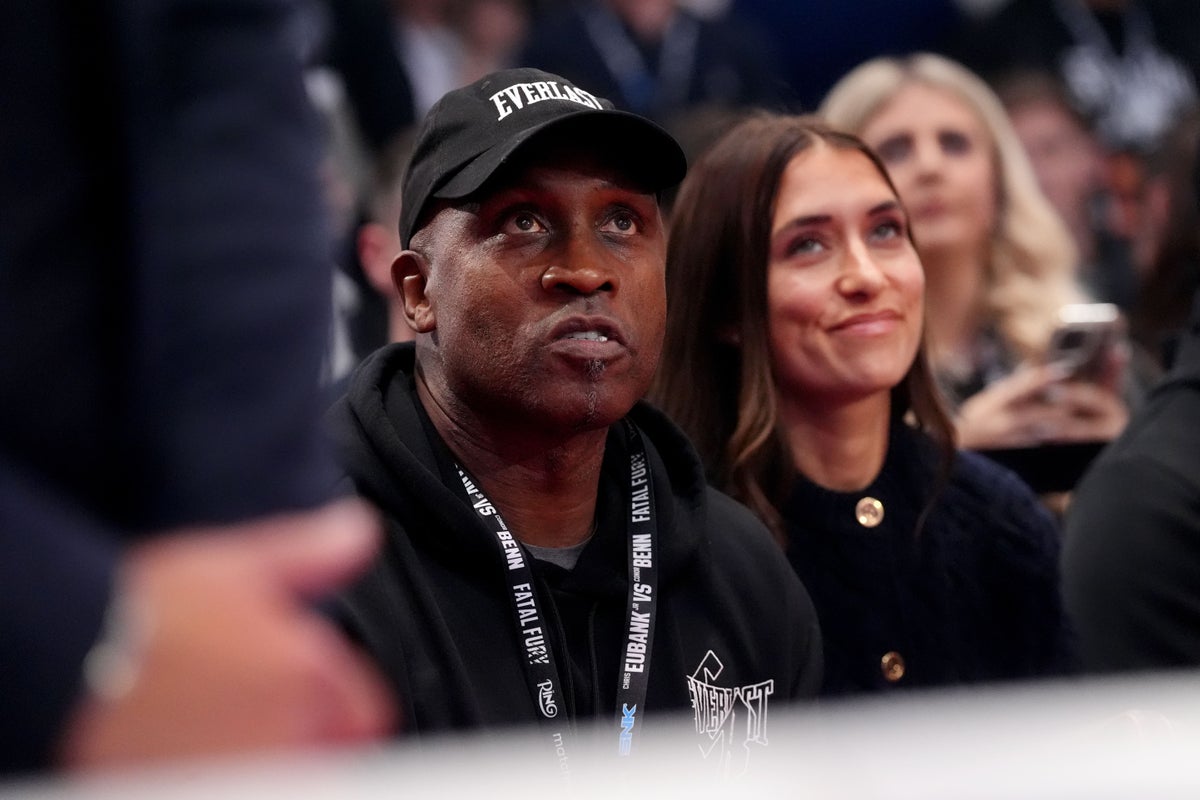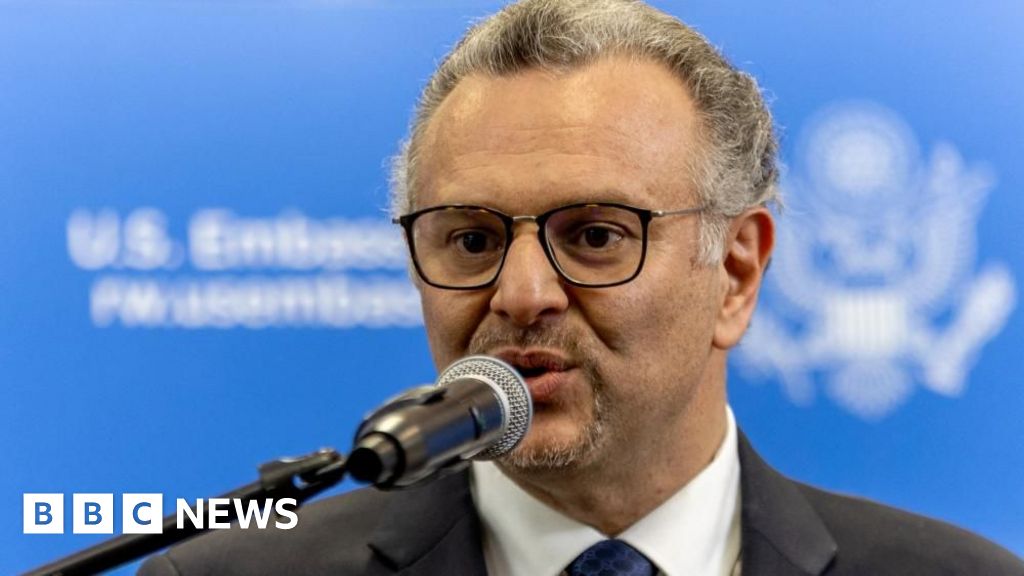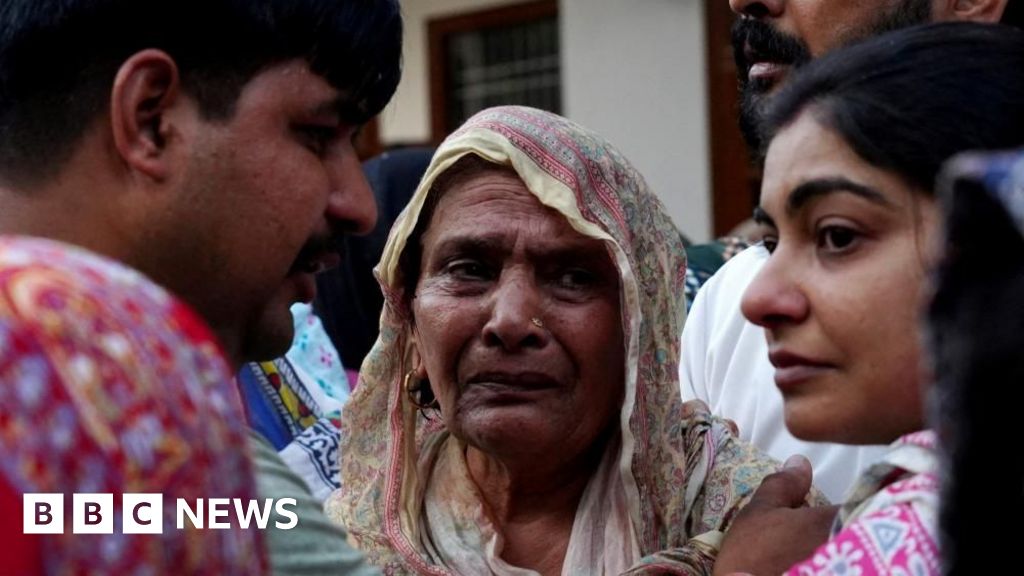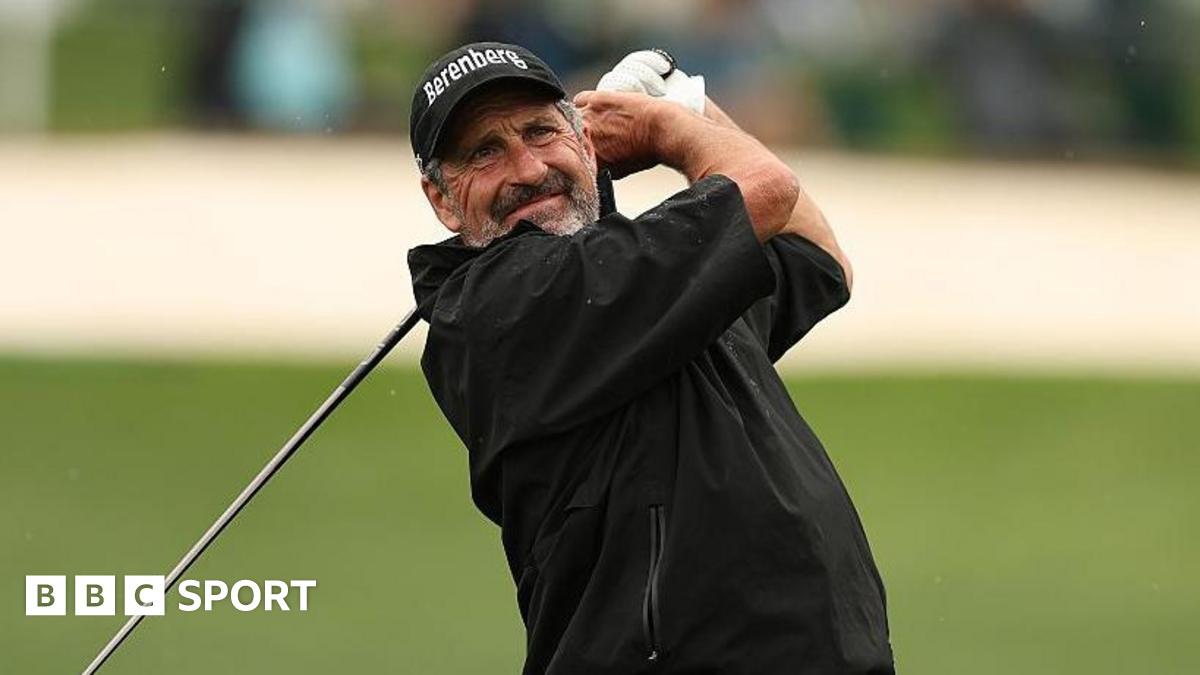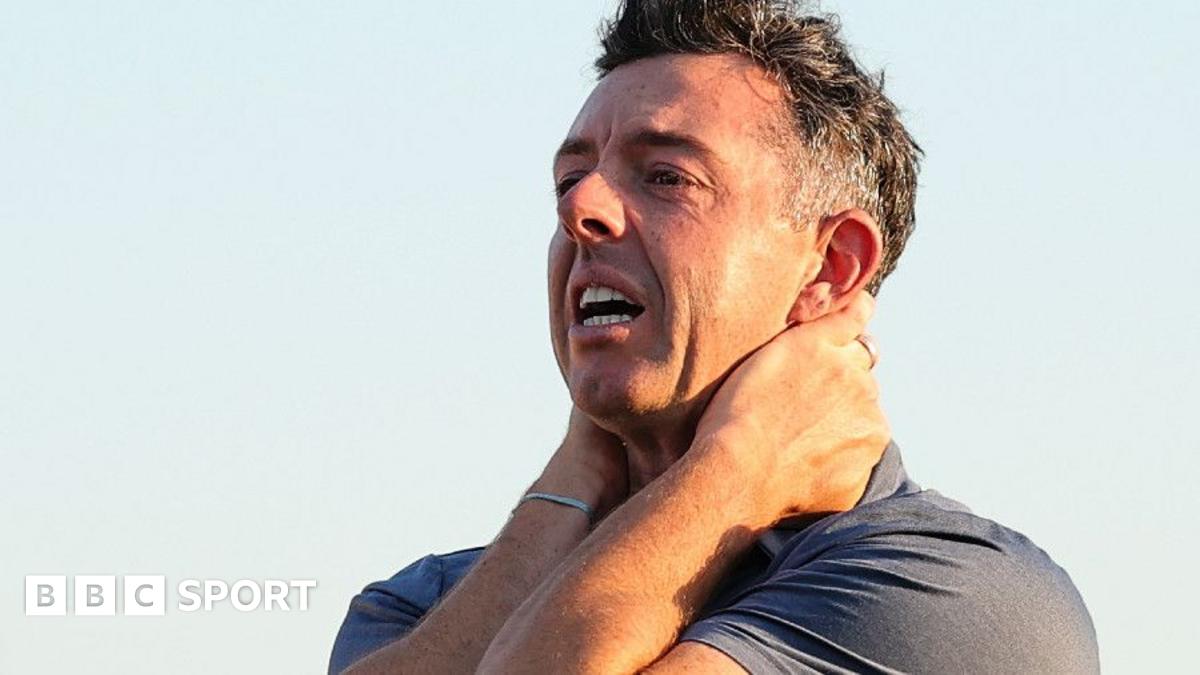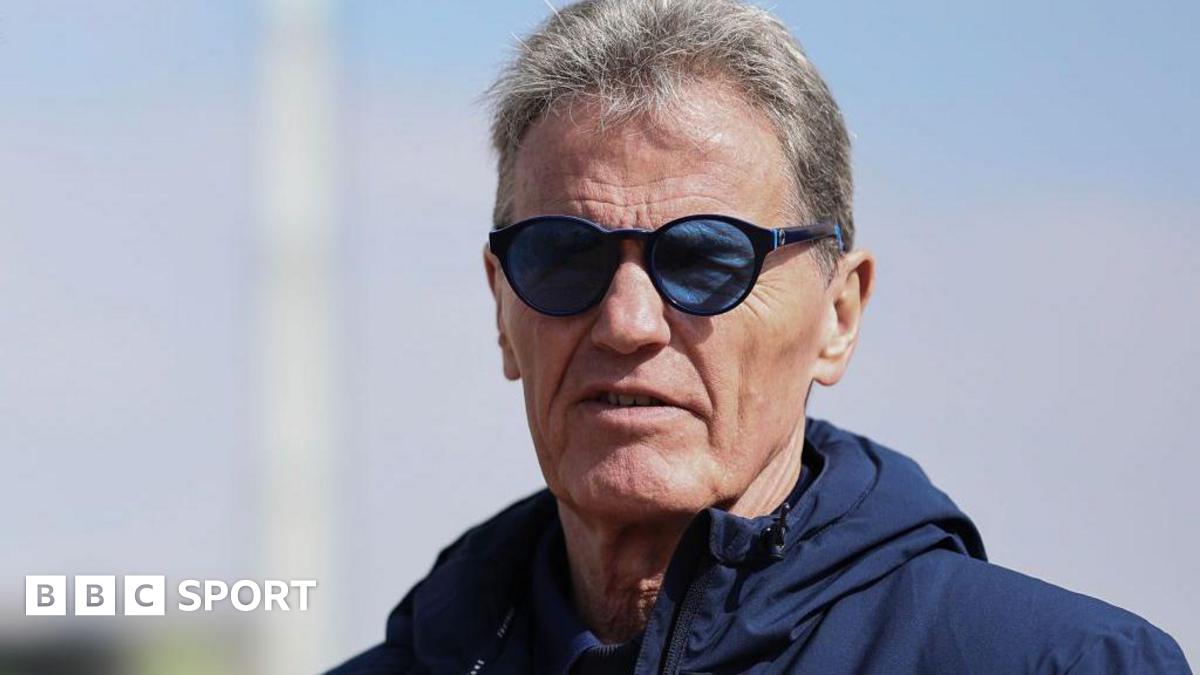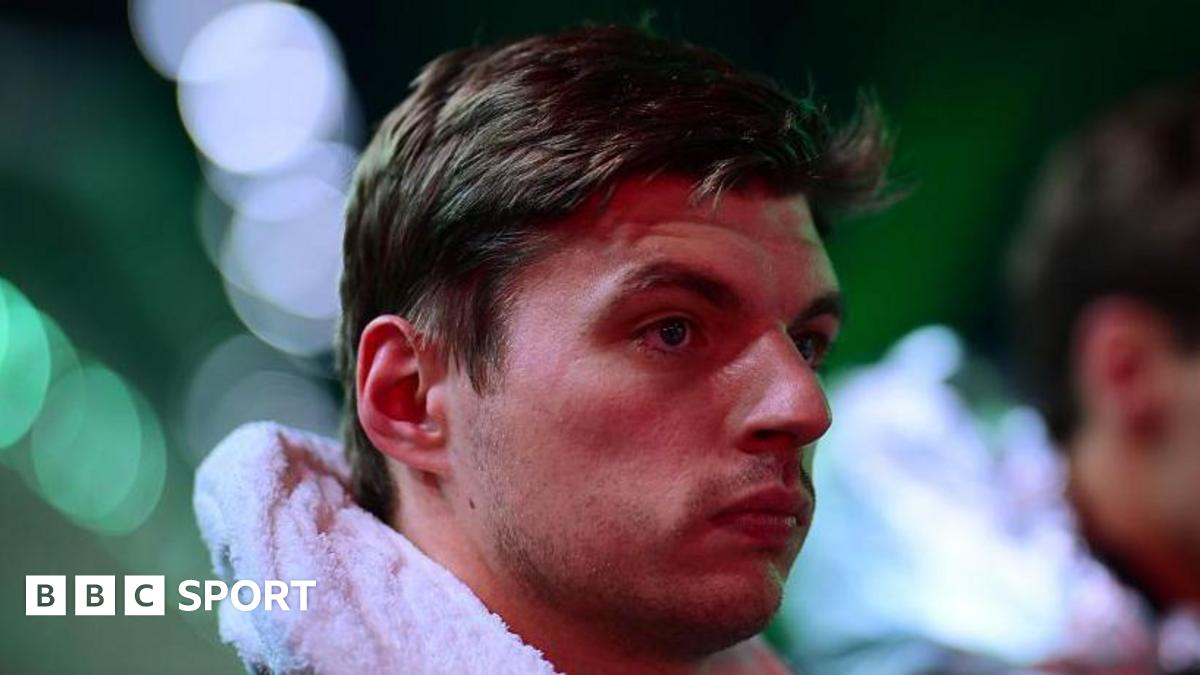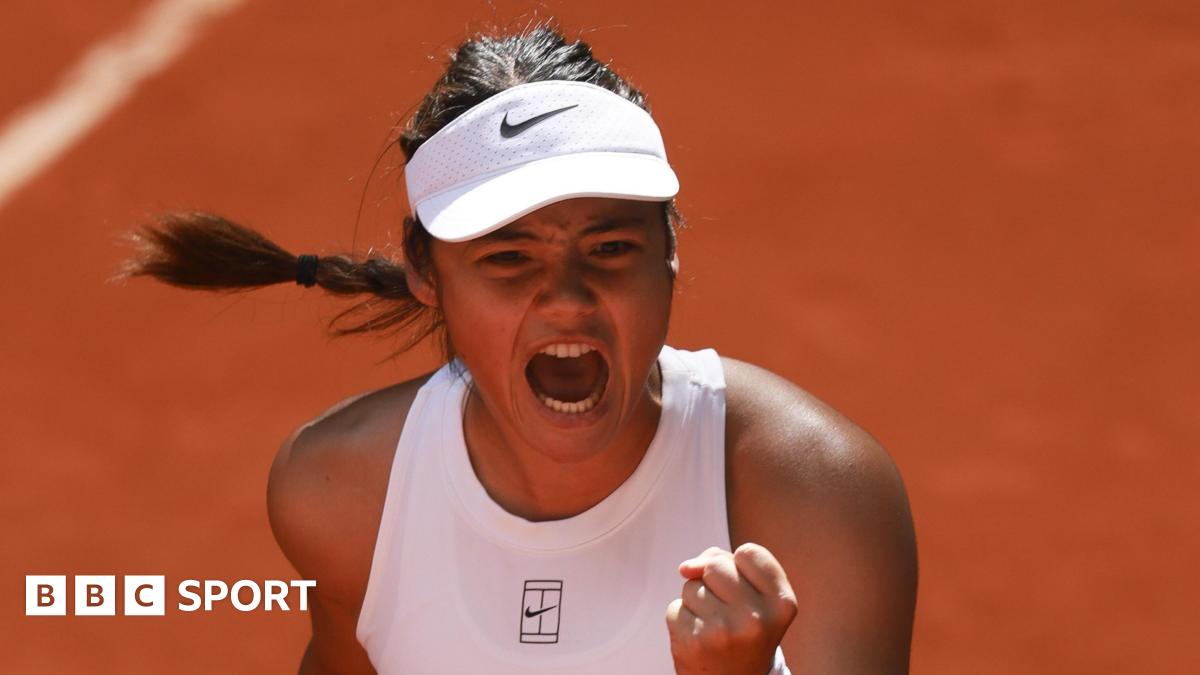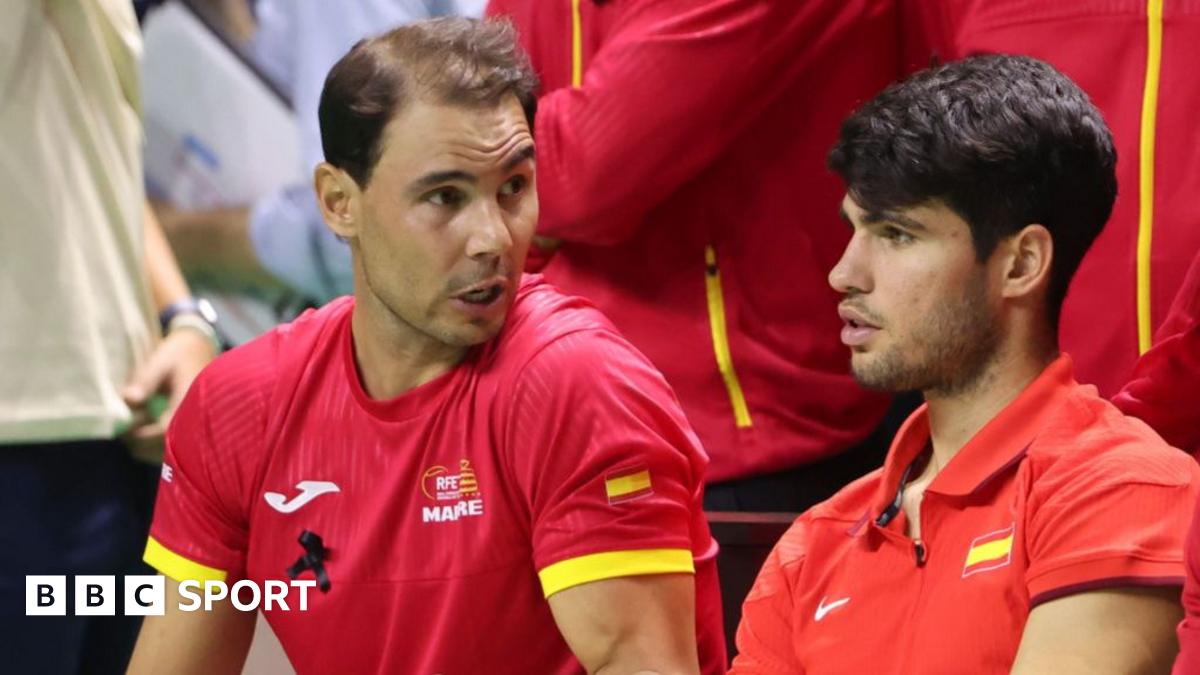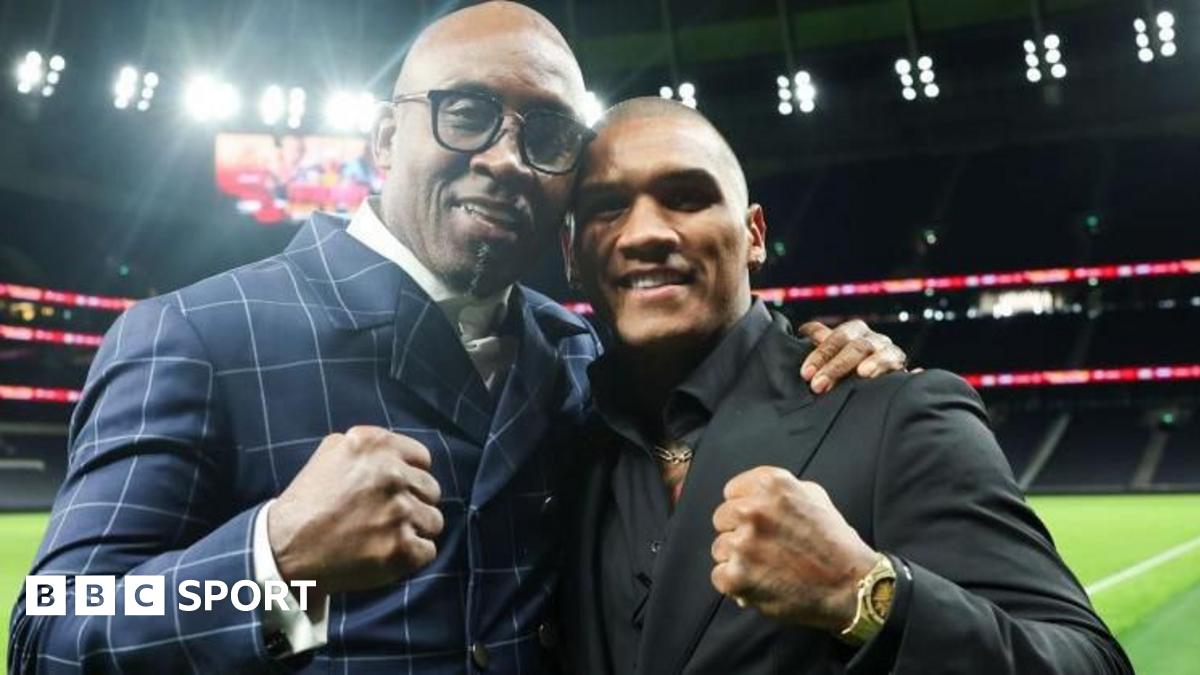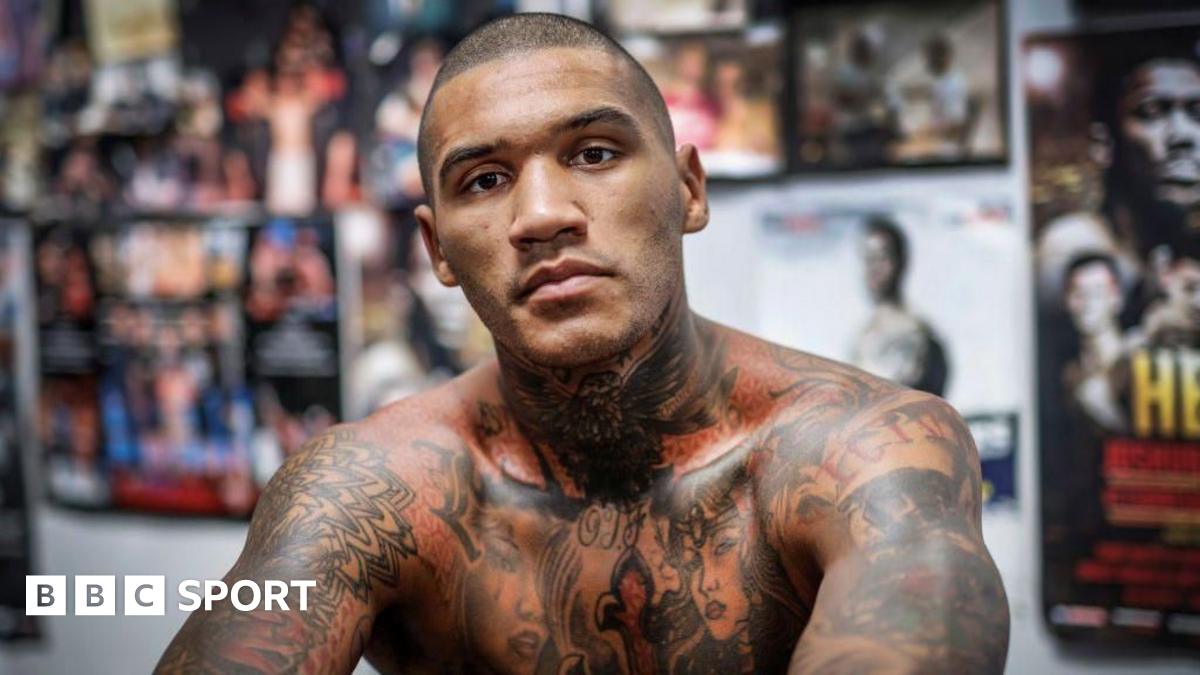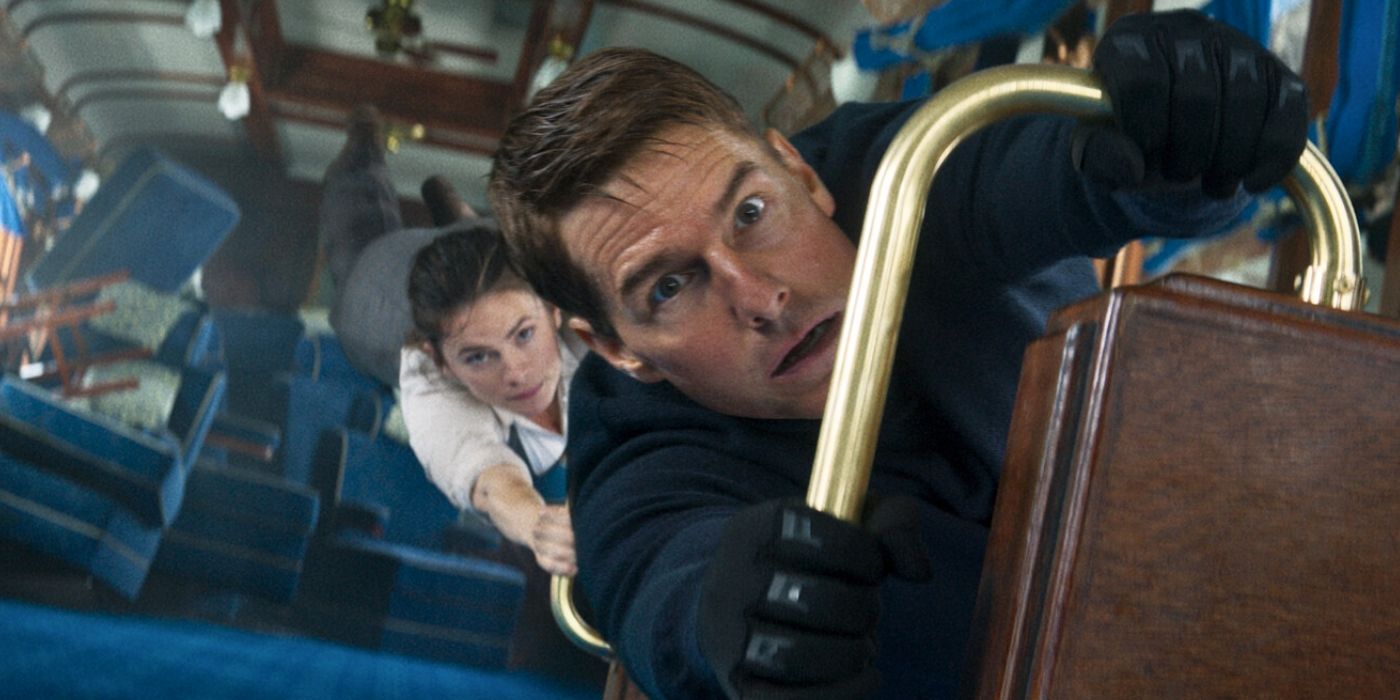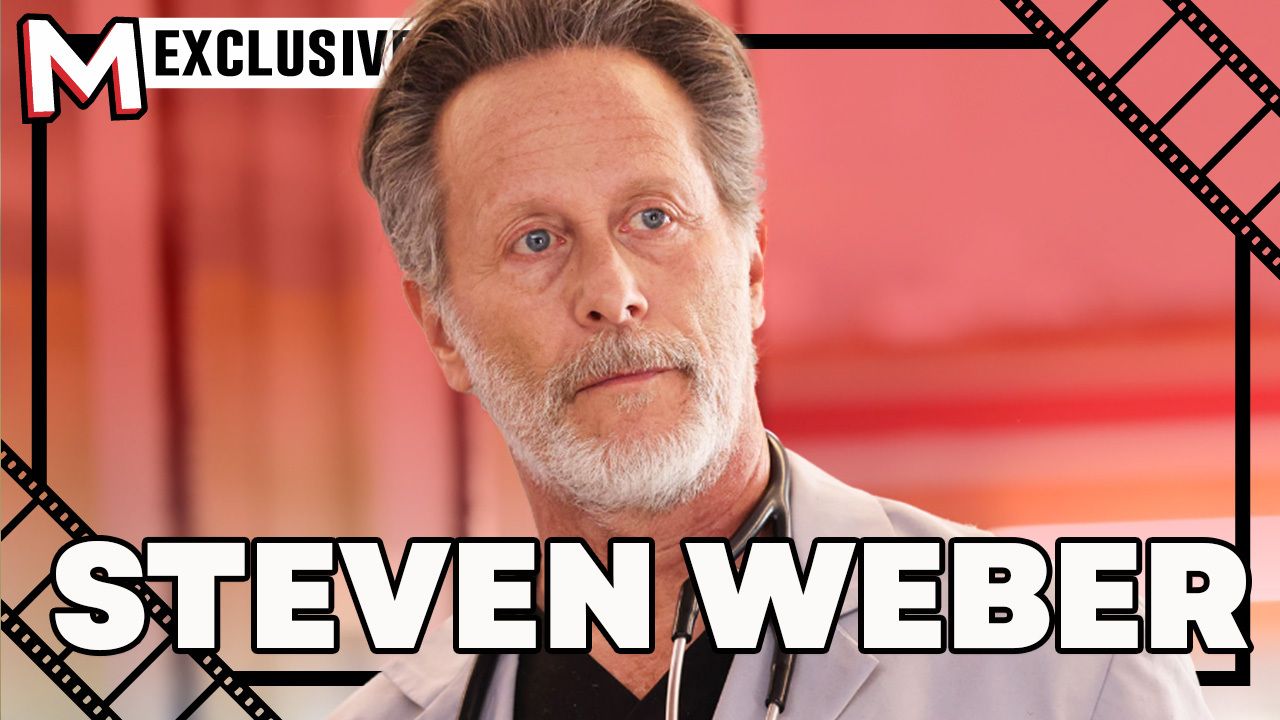41 Times TV Killed Off a Series Regular and Left Us Speechless
The 2024–25 TV season isn’t even over yet, but the carcasses of beloved characters already lie scattered across the landscape.
A device as old as television itself, character deaths happen when actors want to move on (or are forced to), or when a stale story needs a jolt of life.
Sometimes, we go seasons without a significant death on any of our favorite shows. Other times, we can barely catch our breath before we’re saying goodbye to someone else.

So far this season, Kevin Costner’s forced exit from Yellowstone led to John Dutton’s ignoble death, one that left many believing he took his own life.
Bobby Nash took one for the team as Peter Krause exited 9-1-1, and The Last of Us saw Joel Miller give up in the face of a haunting consequence, allowing Pedro Pascal to return to the big screen.
But these deaths are hardly the first of their kind. We mourn on-screen deaths the way we do in real life. As soon as a character dies, we think of all the things they might’ve done — had they only survived.
We’ve written countless pieces about TV character deaths over the years, and yet I still found a few that somehow slipped through the cracks. Some have been lost to time; others are buried beneath fan outrage over how their stories ended.
Where possible, I’ve used video because it’s far more affecting than words can portray, but keep in mind that you can even be spoiled even for shows long past their expiration date.
I discovered that watching old Thirtysomething DVDs, when autoplay revealed something through a creator’s discussion that I didn’t even remember.
There’s a little bit of everything in this collection, so sit back and take a macabre walk down memory lane with us as we revisit some of television’s most significant and poignant deaths of series regulars that aren’t always at the top of every other list.
Gary Shepherd – Thirtysomething
Let’s start with one that doesn’t come up often — but should. Back in the early ’90s, Thirtysomething was the talk of the town. Created by Marshall Herskovitz and Edward Zwick, the four-season series followed a close-knit group of friends navigating adulthood.
Late in Season 3, Patricia Wettig’s character, Nancy Weston, was battling ovarian cancer. She’d just finished treatment and was anxiously awaiting her lab results when tragedy struck — Gary Shepherd, a newly married father, was killed in a car accident on the Schuylkill Highway.
It was a twist that rattled the show’s core. Gary wasn’t the one we expected to lose. His death was the writers’ way of showing how life rarely plays fair — and how quickly it can change.
His absence reshaped the final stretch of the series. Michael, his best friend, struggled most with the loss, and his cousin Melissa — who had always considered Gary “the one who got away” — was deeply affected as well.
Alan Birch – Chicago Hope
This one also hit hard. Alan Birch, a lawyer at the hospital, had just adopted a young daughter after the death of her mother — and then he was gone.
While walking through the streets of Chicago with Dr. Diane Grad, Alan was shot in a botched robbery attempt. It was random, fast, and devastating.
For Diane, the aftermath became a defining arc. Her grief boiled into rage, and when the shooter arrived at the hospital later in need of care, she nearly took justice into her own hands.
There’s something particularly cruel about doctors and healers losing the people they love — and Chicago Hope wasn’t the last medical drama to explore that heartbreak.
Dr. Lawrence Kutner – House

When Kal Penn accepted a job with the Obama administration, the House writers had to pivot fast—the result was one of the most memorable TV suicides in recent memory.
(Due to the content, an age restriction has been placed on the video, which you can see on YouTube.)
On House Season 5 Episode 20, “Simple Explanation,” Dr. Lawrence Kutner was found dead in his apartment from a self-inflicted gunshot wound.
The news floored both viewers and House himself. A man who prided himself on reading people missed the signs entirely. That detail — the idea that you can be close to someone and never know what they’re going through — gave Kutner’s death its weight.
It was a sobering storyline that mirrored real life: grief, guilt, and the search for meaning after an unthinkable loss.
Zeek Braverman – Parenthood
Zeek Braverman was the proud, flawed patriarch of the Braverman clan — a man who led his family through six seasons of joys and crises.
As the series entered its final year, Zeek’s heart problems took center stage. He reluctantly underwent open-heart surgery, but the procedure didn’t fix everything.
When faced with the option of another risky surgery after a second heart attack, Zeek declined, choosing instead to spend whatever time he had left surrounded by his family.
In the Parenthood series finale, Camille finds him in his chair, having passed peacefully. The Bravermans later scatter his ashes at a baseball field, bonding over a shared memory of the man who shaped them all.
Unlike many entries on this list, Zeek’s death was expected. But that didn’t make it any easier to watch. It was a long, graceful goodbye — and a rare portrayal of aging and mortality that rang deeply true.
Nate Fisher – Six Feet Under
Death was part of the daily grind on Six Feet Under, but that didn’t prepare anyone for losing Nate Fisher. After surviving a brain AVM early in the series, Nate’s death came in Season 5 after a second, ultimately fatal hemorrhage.
His death was the culmination of years of soul-searching, avoidance, and reckoning. Nate had been the audience’s point of entry into the funeral home business and the Fisher family’s emotional rollercoaster.
To lose him just before the series finale was devastating — but it also cleared the path for the show’s unforgettable closing montage, which aged each character into the future and reminded viewers of their own mortality.
The loss was deeply felt by his family — especially David, who had relied on Nate as his emotional anchor, and Brenda, who had just given birth to their daughter. His absence lingered like a ghost through the final episodes, and no death in a show about death hit quite as hard.
Bobby Simone – NYPD Blue
When Jimmy Smits joined NYPD Blue as Detective Bobby Simone following David Caruso’s departure, he not only helped stabilize the show but also gave it new life. His chemistry with Dennis Franz’s Andy Sipowicz became a cornerstone of the series.
Simone’s death — due to a heart infection and subsequent complications after a transplant — played out slowly, giving viewers and characters alike time to grieve. For once, a cop didn’t die in the line of duty, but rather in a hospital bed, fighting for breath.
The loss crushed Sipowicz, who finally had a partner and friend he could trust and confide in. Simone’s passing marked a major tonal shift for the series and forced Sipowicz to dig deeper emotionally, setting the stage for the next phase of his character’s evolution.
Prue Halliwell – Charmed
In a show about sisters bound by blood and magic, the death of Prue Halliwell was both shocking and destabilizing. Played by Shannen Doherty, Prue died in the Season 3 finale during a brutal attack by a powerful demon.
Her death wasn’t just a plot twist — it came amid reported behind-the-scenes tensions and Doherty’s decision to leave the show. Rather than recast, Charmed introduced a long-lost half-sister, Paige, played by Rose McGowan.
While the Power of Three was technically restored, the tone of the show shifted dramatically. Piper’s grief fueled much of Season 4, and fans mourned not just Prue, but the original dynamic that had defined the early years of Charmed.
Peter Quinn – Homeland
Peter Quinn’s arc on Homeland went from stoic CIA hitman to tragic casualty of war. Introduced on Homeland Season 2, Quinn became a mainstay, forming a complicated bond with Carrie Mathison.
After surviving a near-fatal sarin gas attack in Homeland Season 5, Quinn was left with neurological damage. His physical and emotional struggles during Homeland Season 6 humanized a character who had often seemed indestructible.
In the end, he died saving Carrie and the president-elect during an ambush.
Quinn’s death underscored the lasting cost of espionage. His journey, full of loss, love, and sacrifice, remains one of the show’s most devastating and grounded storylines.
Edith Bunker – All in the Family
Edith Bunker’s death wasn’t shown on screen, but it was no less impactful. When Archie Bunker’s Place began following the end of All in the Family, viewers learned that Edith had died of a stroke off-camera.
The episode “Archie Alone” revealed her passing, and it was one of Carroll O’Connor’s most powerful performances. His grief was palpable as Archie broke down while going through her things.
Jean Stapleton chose to leave the role, and the writers opted to have Edith die rather than write her off lightly. The choice allowed the show to explore the depth of Archie’s love and loss, stripping away his bluster to reveal a man utterly undone by grief.
Zoe Underwood – House of Cards
Zoe Barnes’s death on House of Cards wasn’t just shocking — it was defining.
In the very first episode of Season 2, after growing too bold in her pursuit of the truth about Frank Underwood, Zoe met her end in a moment that instantly raised the stakes of the entire series.
Pushed in front of a subway train by Frank himself, her death was swift, silent, and merciless — the kind of scene that made audiences gasp and immediately realize this wasn’t your typical political thriller.
Zoe had started as a rising journalist, navigating power plays and moral compromise. Her demise signaled the cost of getting too close to corruption and established Frank as a man capable of anything.
It changed the game for the series and stunned fans who thought she might be a mainstay.
Matthew Crawley and Lady Sybil – Downton Abbey
Downton Abbey delivered two of its most gutting deaths in rapid succession — Lady Sybil in Downton Abbey Season 3 and Matthew Crawley in the very same season finale.
Sybil, the youngest and most progressive of the Crawley daughters, died tragically after childbirth due to eclampsia — a heartbreaking reminder of the limited medical options of the time.
Her death shattered her family, particularly her husband Tom, who was left to raise their daughter alone.
Just as the Crawleys began to heal, Matthew died in a car crash after visiting his wife Mary and their newborn son in the hospital. The timing — joyful birth followed by sudden death — made the blow even harder to bear.
Both losses reshaped the family and the show. Sybil’s death left a moral void in the household, while Matthew’s death left fans wondering how Mary would ever love again.
Will Gardner – The Good Wife
No one saw Will Gardner’s death coming — not the audience, and certainly not Alicia Florrick.
On The Good Wife Season 5 Episode 15, Will was shot and killed by a client in a Chicago courtroom in one of the most shocking and sudden exits in broadcast TV history.
His death marked a turning point for the series. Will and Alicia’s will-they-won’t-they relationship had powered the show’s emotional core. Without him, Alicia drifted, both personally and professionally.
Actor Josh Charles had chosen to leave the show, but the decision to kill Will rather than have him simply walk away gave the series one of its most iconic, gut-wrenching moments — and cemented its place as a prestige legal drama unafraid to take real risks.
Logan Echolls – Veronica Mars
After years of tortured romance, Logan and Veronica finally got engaged and tied the knot in the Veronica Mars revival. But in true noir fashion, happiness was fleeting.
In the final moments of the revival season, Logan was killed in a car bomb meant for Veronica — a twist that shocked fans and felt like a betrayal of everything the couple had finally achieved.
The move was divisive, to say the least. Some fans admired the show’s commitment to hardboiled tragedy, while others felt Logan’s death erased years of growth and stability for the character — and for Veronica herself.
Creator Rob Thomas stood by the decision, but many longtime fans struggled to accept that their favorite bad-boy-turned-good met his end just as things were looking up.
Abbie Mills – Sleepy Hollow
Sleepy Hollow began as a supernatural mystery with undeniable chemistry between its two leads — Ichabod Crane and Lt. Abbie Mills. The show leaned heavily on their partnership, and Abbie, played by Nicole Beharie, quickly became a fan favorite.
But behind-the-scenes tensions and reported mistreatment of Beharie contributed to her exit during Sleepy Hollow Season 3, when Abbie sacrificed herself to save the world.
The backlash was immediate and intense. Fans and critics alike decried the decision to kill off the Black female lead, especially after building the show’s entire mythology around her.
Sleepy Hollow limped along for one more season without her, but it never recovered. Abbie’s death became a cautionary tale in TV discourse about diversity, creative vision, and how not to handle a beloved character’s exit.
Marissa Cooper – The OC
Marissa Cooper’s death in the The OC Season 3 finale felt like the end of an era — and for many fans, it was. The character had been the emotional centerpiece of the show’s early seasons, embodying both its glamour and chaos.
After a season of downward spirals and emotional turmoil, Marissa died in a fiery car crash caused by her ex, Volchok, in a scene that remains seared into teen drama history.
The fallout from her death lingered into Season 4, but the show never quite recovered.
Mischa Barton’s departure — and Marissa’s death — changed the tone and trajectory of the series, removing its fragile heart just when things could have turned around.
Billy Thomas – Ally McBeal
Billy and Ally were the couple that wasn’t — star-crossed lawyers whose lives took different paths but continued to orbit each other. When Billy died suddenly from a brain tumor during Ally McBeal Season 3, it devastated both Ally and longtime viewers.
The character’s shift from grounded romantic lead to sexist provocateur in his final season was jarring, but his death cut through that noise and reminded audiences of his importance to Ally’s emotional foundation.
His death launched one of the show’s most introspective stretches, with Ally grappling not only with his loss but with what it said about her life and relationships.
It was one of the show’s boldest, most affecting choices.
Ruth Langmore – Ozark
Ruth Langmore’s death in the series finale of Ozark was as brutal as it was inevitable. She had become a fan favorite — the foul-mouthed, razor-sharp underdog who managed to hold her own in a world of monsters.
But her defiance had a cost. After killing cartel heir Javi Elizondro, Ruth became a walking target. Despite hints of hope — building a home, starting fresh — she was gunned down by Camila Navarro in cold blood.
Her death underscored Ozark’s grim thesis: that trying to escape the darkness doesn’t mean it won’t follow. Still, for many viewers, Ruth’s end felt unnecessarily cruel — a punishment for daring to believe she could have more.
Daniel Grayson – Revenge
Daniel Grayson’s journey from privileged playboy to tragic casualty was one of Revenge’s more surprising transformations.
Once pegged as a shallow foil, Daniel matured over time, revealing depth and vulnerability that made his death hit harder than expected.
On Revenge Season 4 Episode 10, he died protecting Emily from an intruder — a final act of redemption that brought his arc full circle. He wasn’t the man he used to be, and in the end, he chose honor over apathy.
His death devastated Victoria and left Emily grappling with complex feelings. Daniel had become one of the few characters to truly evolve, and his loss showed just how high the emotional stakes on Revenge had grown.
Lance Sweets – Bones
Dr. Lance Sweets wasn’t just the FBI’s resident psychologist — he was the heart of the Bones team. Affable, empathetic, and deeply invested in his colleagues’ well-being, Sweets was beloved by both viewers and characters alike.
So when he was killed in the Bones Season 10 premiere — beaten to death while working undercover — the loss was jarring. It felt sudden, brutal, and far too soon.
Actor John Francis Daley had asked to leave the show to pursue directing, but the manner of Sweets’s death shocked fans.
His absence left a noticeable hole in the series, and for many, his passing marked the beginning of the end of Bones’ golden era.
Sid Fairgate and Laura Avery – Knots Landing
Few shows handled death with the emotional richness of Knots Landing, and the loss of Sid Fairgate early in the series set a powerful precedent.
Sid died in Season 3 following a sabotaged car crash — an event that devastated his wife Karen and sent her character into a long arc of grief, growth, and moral reckoning.
Laura Avery’s death years later was equally impactful. She quietly battled a terminal illness, choosing to spend her final days in a hospice facility without telling most of her friends.
Her death was revealed in a poignant montage, with her husband Greg struggling to hold back tears.
Both characters’ deaths shaped the DNA of the series — demonstrating that even in the glitzy world of primetime soap operas, loss could be deeply human.
Donna Gable – Kevin Can Wait
Perhaps no TV death sparked more confusion — and backlash — than Donna Gable’s offscreen demise on Kevin Can Wait.
Played by Erinn Hayes, Donna was killed off between Seasons 1 and 2 to make room for Leah Remini’s addition to the cast.
The show acknowledged her death only briefly, with a joke about getting sympathy casseroles a year later. Fans were not amused. The decision felt cold and dismissive, and the show’s tone shift didn’t help.
Kevin Can Wait didn’t last much longer. Donna’s abrupt removal became a cautionary tale about shaking up a show’s foundation without honoring what made it work in the first place.
Lt. Stephanie Holden – Baywatch
In a show known more for slow-motion running than emotional resonance, Lt. Stephanie Holden’s death was a rare gut punch.
Stephanie, played by Alexandra Paul, was one of the most competent and grounded characters in the Baywatch universe, serving as a mentor and steady presence amid all the beachside chaos.
During a sailing trip with her new husband, Stephanie was struck by lightning and died instantly — a shockingly abrupt end for one of the show’s longest-running leads.
Her death haunted Mitch Buchannon, who had always held a torch for her, and it brought a moment of real gravity to a series often dismissed as fluff. For fans, losing Stephanie felt like losing the show’s soul.
Kara “Starbuck” Thrace – Battlestar Galactica
Starbuck’s story is one of the most mystifying — and debated — character arcs in modern sci-fi television.
In Battlestar Galactica Season 3, she dies in a fiery crash, seemingly sacrificing herself during a mission. Yet not long after, she returns — physically unchanged, but spiritually altered — leading to speculation that she was resurrected, duplicated, or something in between.
By the time the show ended, Starbuck simply vanished. One moment she was there, and the next, she was gone. Whether angel, ghost, or cosmic mystery, her final disappearance was treated as a spiritual resolution rather than a traditional death.
Her arc left viewers with more questions than answers, but one thing was clear — Starbuck’s journey was never meant to follow the rules of mortal storytelling.
Linda Regan – Blue Bloods
Linda Reagan, the ER nurse wife of Detective Danny Reagan, was a steadying force in a family full of law enforcement.
Played by Amy Carlson, Linda was killed off-screen between Blue Bloods Seasons 7 and Blue Bloods Season 8 — a helicopter crash mentioned almost in passing.
The decision shocked fans, particularly since Carlson didn’t return to film a farewell. Her absence was deeply felt by the Reagan family and by viewers who had grown accustomed to her quiet strength and emotional ballast.
Danny’s grief carried over into the following season, but many fans felt Linda’s death lacked the weight it deserved.
She was more than just a supporting character — she was family, and her exit deserved more than a few lines of dialogue.
Pierce Hawthorne – Community
Pierce Hawthorne, the inappropriate elder statesman of the Greendale gang, was played by Chevy Chase and became a lightning rod both on and off-screen.
By the time Community Season 5 rolled around, Chase had departed the show, and Pierce was written out with a quiet death — revealed during a surreal lie detector sequence in “Cooperative Polygraphy.”
True to form, Pierce’s death included bizarre final bequests, outrageous revelations, and a small dose of dignity.
It was one of the show’s strangest yet most sincere moments, offering the study group a chance to reflect on their own friendships — even as they tried to process his unexpected demise.
Warrick Brown – CSI
Warrick Brown’s death on CSI was one of the most gut-wrenching moments in the franchise’s long history.
Played by Gary Dourdan, Warrick had struggled with personal demons but remained one of the most passionate, emotionally grounded members of the team.
After surviving a professional scandal and earning back the trust of his colleagues, Warrick was gunned down in his car — by a corrupt undersheriff, no less — just moments after a quiet dinner with Grissom.
The suddenness of his death made it all the more brutal.
His loss sent shockwaves through the lab, particularly hitting Grissom, who had always seen Warrick as a surrogate son. It marked the end of an era for the original cast — and a reminder that not even Vegas’ best were bulletproof.
Tim Speedle – CSI: Miami
Rory Cochrane portrayed Tim “Speed” Speedle, one of CSI: Miami‘s original team members.
Known for his dry wit and sometimes careless attitude, Speedle’s time on the show ended suddenly when he was killed during a routine case gone wrong.
His death — the result of a misfiring weapon due to lack of maintenance — felt especially tragic given how preventable it was. Horatio’s reaction was quietly devastating, and Speed’s death hung over the team for many episodes to come.
The show later used Speed’s memory to challenge and inspire his replacement, Ryan Wolfe, proving that even in death, Speedle’s presence loomed large over the Miami lab.
James “JT” Yorke – Degrassi: The Next Generation
JT Yorke had been with viewers since the early days of Degrassi: The Next Generation, evolving from a jokester into a sensitive, emotionally grounded young man.
His death in Season 6 — stabbed outside a party by a student from a rival school — was one of the most shocking and senseless losses in the show’s long history.
JT’s death wasn’t telegraphed. It came just as he was beginning to turn things around, and his reunion with Liberty was cut tragically short.
The aftermath resonated through the halls of Degrassi Community School and haunted the characters — and fans — for years to come.
Edie Britt – Desperate Housewives
If anyone was going to go out with drama, it was Edie Britt.
The resident bad girl of Wisteria Lane met her end in Desperate Housewives Season 5 after a shocking car accident and subsequent electrocution from a downed power line. It was both tragic and darkly poetic.
Edie’s death changed the tone of the show. Her sharp tongue and unabashed self-interest had provided a crucial counterbalance to the other housewives’ often-cloying moralism.
Love her or hate her, the neighborhood felt emptier without her.
And in true Desperate Housewives fashion, her funeral episode revealed secrets even in death — a last hurrah for a character who lived loud and died larger than life.
Nicole Chapman – Fame
Nicole Chapman’s death on Fame was a rare moment of raw, emotional storytelling on a show usually centered around youthful ambition and performance.
Played by Nia Peeples, Nicole died by suicide — a choice the writers handled with a surprising amount of gravity for a show aimed at a young audience.
Her absence left a cloud over the performing arts school, and the characters were forced to reckon with their own assumptions, pressures, and understanding of mental health.
Fame didn’t often dive into such heavy territory, but Nicole’s death gave it a moment of startling depth and reflection.
Rosalind Shays – L.A. Law
No one expected Rosalind Shays to die — and certainly not like that.
In one of the most talked-about moments of L.A. Law, Rosalind stepped into an open elevator shaft and plummeted to her death. The visual was shocking. The silence afterward? Iconic.
A ruthless, ambitious attorney who always played to win, Rosalind had made plenty of enemies and a few reluctant allies. Her death was poetic in its finality, cutting short one of the series’ most powerful arcs with a gasp rather than a goodbye.
To this day, it remains one of television’s most unforgettable exits — a dramatic punctuation mark in a show known for pushing boundaries.
Alexandra Borgia – Law & Order
As the Assistant District Attorney working alongside Jack McCoy, Alexandra Borgia was competent, passionate, and ethical — a solid presence in the courtroom.
Her death, though, was anything but typical for Law & Order, which often cycled characters out without violence.
In the Season 16 finale, Borgia was abducted and murdered by the criminals she was prosecuting. Her death wasn’t just tragic — it was brutal and unnecessary, a reminder of the danger that comes with fighting for justice.
McCoy was visibly shaken, and fans were left reeling. The show rarely killed its leads, making Borgia’s demise all the more harrowing. She was gone too soon, and the system she believed in couldn’t save her.
Susan Saint James – McMillan & Wife
In a shocking twist that marked the end of the series, Sally McMillan — played by Susan Saint James — was killed offscreen in a plane crash along with the couple’s son.
The decision stunned viewers who had grown attached to the chemistry between Sally and Rock Hudson’s Stuart McMillan. It still pisses me off now, and as I watch it on Prime Video, I haven’t even said goodbye to her yet!
The show returned for one final season under the new title McMillan, but the warmth and banter that defined its earlier run had vanished. Sally’s absence turned a once-playful crime drama into something more somber.
The loss of Sally not only ended one of TV’s earliest power couples, it also left fans mourning the suddenness of her exit — with no goodbye, no resolution, and no justice.
Jen Lindley – Dawson’s Creek
Dawson’s Creek saved its biggest emotional blow for last.
In the two-part series finale, Jen Lindley died from a heart condition that had worsened over time, but had never truly taken center stage until those final episodes.
Her death gave the series a heartbreaking sense of closure. As she recorded a goodbye video for her infant daughter and passed her care on to her best friend Jack, Jen’s arc came full circle — from misunderstood outsider to emotional anchor.
Her final words, her goodbye to Grams, and the strength she showed in letting go made her death one of the most mature, poignant conclusions to any teen drama character’s journey.
Alison Bailey – The Affair
The Affair was built on unreliable narration, shifting perspectives, and slowly unfolding truths — so it was fitting that Alison Bailey’s death came cloaked in mystery. Initially framed as a suicide, her death was later revealed to be a murder at the hands of her boyfriend.
Alison’s journey was always the show’s emotional heartbeat — a woman trying to rebuild after unspeakable grief.
Her death midway through The Affair Season 4 felt both cruel and narratively inevitable, given how much the series revolved around trauma and consequence.
Ruth Wilson’s decision to leave the show reportedly played into the story choice, but her character’s absence in the final season left a gaping hole.
Alison was the reason the affair happened in the first place — and without her, the show lost its core.
Lane Pryce – Mad Men
Lane Pryce’s death in Mad Men wasn’t a sudden twist but a slow descent into despair.
Played with quiet desperation by Jared Harris, Lane struggled under financial pressure, personal failure, and professional humiliation.
When Don Draper discovered Lane had forged a check to cover his debts, he asked for his resignation, but never expected Lane would take his own life.
The imagery was haunting. A noose tied behind his office door. A suit still neatly pressed. A man who felt he had run out of options.
Lane’s death shattered the Sterling Cooper Draper Pryce office, particularly affecting Don, who carried the guilt of that conversation forward. It was one of the show’s darkest, most sobering hours — a reminder of the quiet agony that success can sometimes mask.
Kate Todd – NCIS
Kate’s death in NCIS Season 2 came out of nowhere — and that’s exactly why it’s still one of the most memorable moments in the show’s long history.
After surviving a sniper’s bullet thanks to a last-minute vest, she turned to smile at her teammates… only to be immediately shot in the head by Ari Haswari, a Mossad agent and longtime foe.
It was a moment of pure shock that fundamentally changed the show. Gibbs hardened. Tony lost his comedic edge for a while. And Kate’s replacement, Ziva David, entered the story — altering the team forever.
Though Sasha Alexander chose to leave the series, the writers gave Kate a death that reshaped NCIS and signaled the series wasn’t afraid to take risks, even with its most beloved characters.
Logan Roy – Succession
When the patriarch of Succession died, it wasn’t in the season finale or amid a screaming boardroom standoff — it was in a plane bathroom off-screen, a quiet end to one of TV’s loudest figures.
The moment landed on Succession Season 4 Episode 3, and it hit like a punch to the chest.
Logan Roy’s death fractured the Roy children more than ever.
Shiv, Roman, and Kendall were grappling with grief, power, and the realization that the looming figure they had tried (and failed) to impress their entire lives was suddenly gone.
Brian Cox’s performance had anchored the show from the start, and his absence created a vacuum that the rest of the season delicately — and ruthlessly — explored. For a show built on succession, it was fitting that his death would kick off the endgame.
Cherry White – China Beach
Cherry White’s death on China Beach wasn’t just a plot point — it was a reckoning.
Introduced as a wide-eyed teenager searching for her brother in Vietnam, Cherry symbolized innocence amid chaos. Her determination to help and her unwavering belief in the people around her made her an emotional touchstone for the series.
She was caught in a mortar attack while working on the front lines as a Red Cross volunteer — a reminder that war doesn’t discriminate between soldier and civilian.
Her loss gutted the hospital staff and hit especially hard for volunteer and prostitute KC Koloski, who had seen in Cherry something she never imagined she could be, but who, in the wake of her death, became more than she ever imagined.
The episode stands as one of the most haunting hours of TV about the cost of war — not just for those who fight it, but for the hopeful hearts who get swept up in it.

We could probably fill another list with just as many unforgettable deaths — and maybe someday we will.
For now, these are the characters who left holes in the hearts of their fictional families and ours.
Whether they went out with a whisper, a shock, or a blaze of glory, their absence lingers — a reminder that sometimes, the most lasting impact a character can have is in how they leave us behind.
Who did we miss? Which character’s death hit you the hardest? Sound off in the comments — we’ll be mourning together.
The post 41 Times TV Killed Off a Series Regular and Left Us Speechless appeared first on TV Fanatic.
What's Your Reaction?
 Like
0
Like
0
 Dislike
0
Dislike
0
 Love
0
Love
0
 Funny
0
Funny
0
 Angry
0
Angry
0
 Sad
0
Sad
0
 Wow
0
Wow
0
